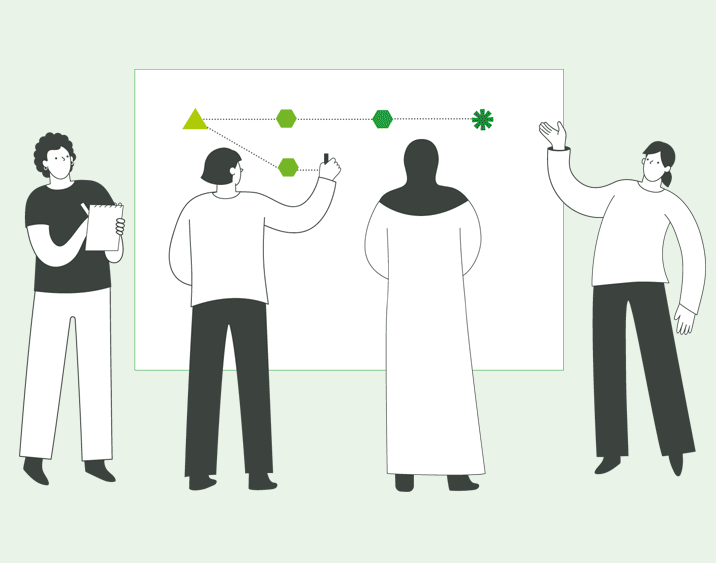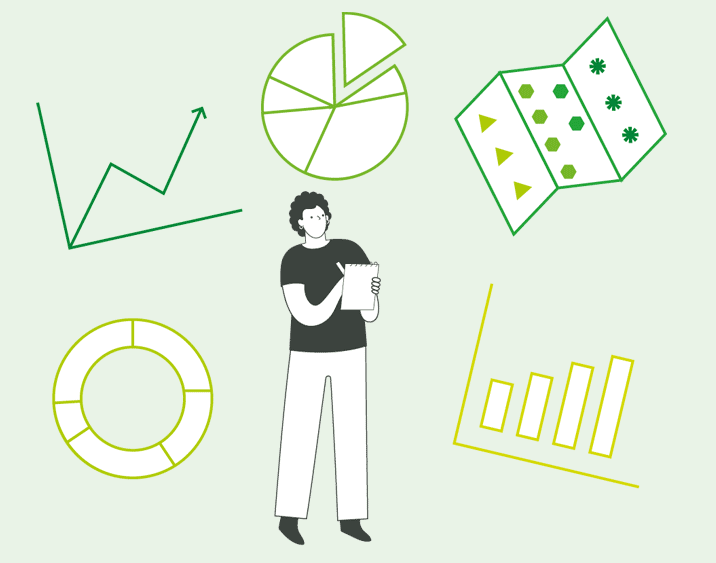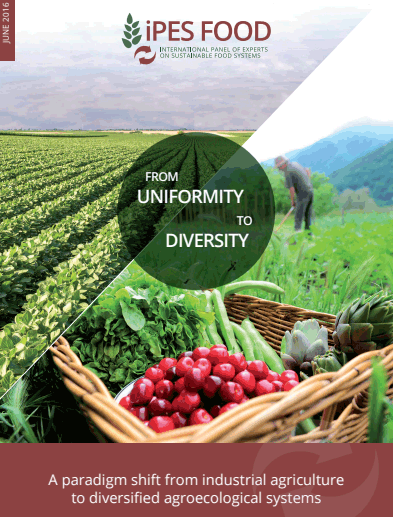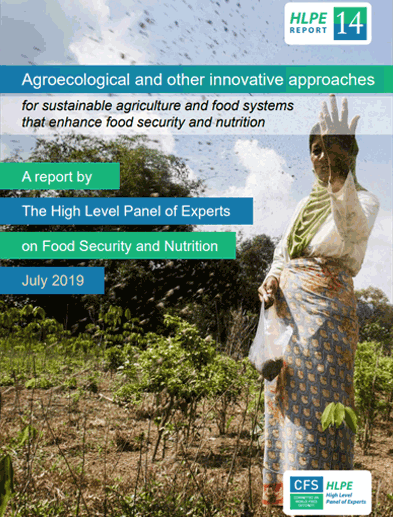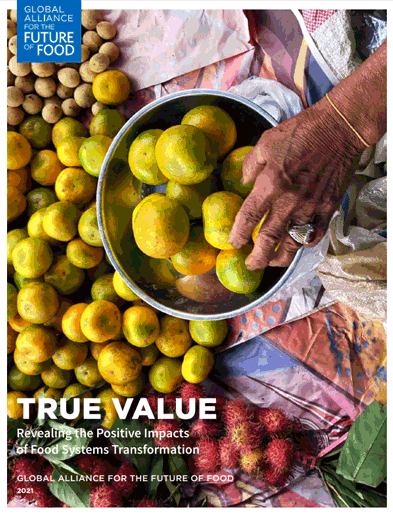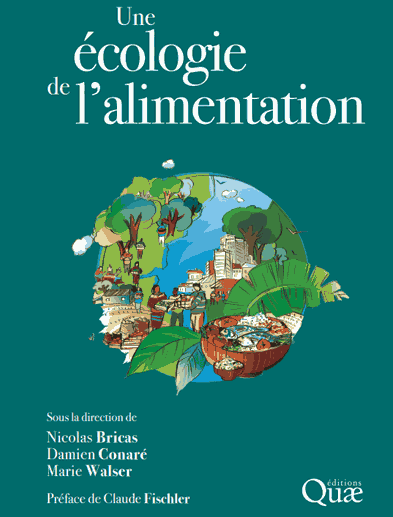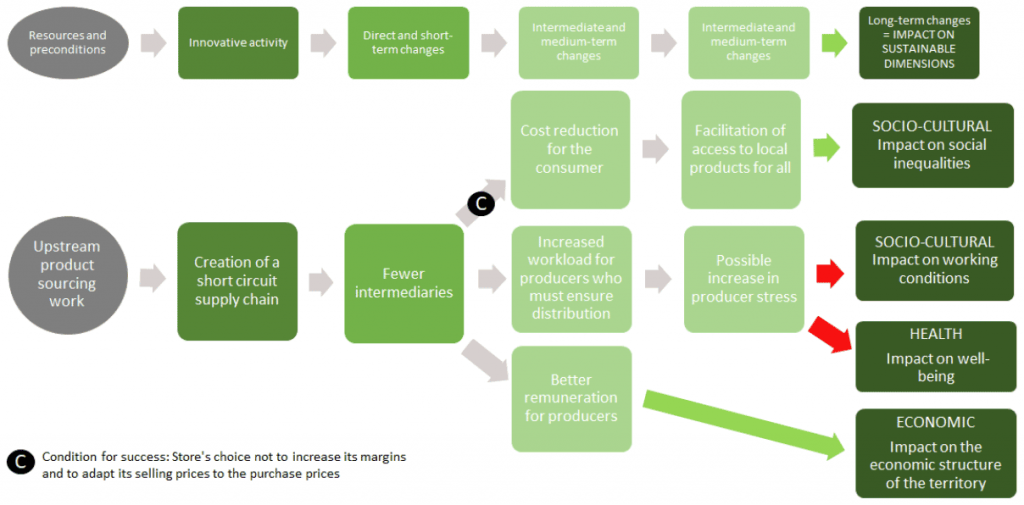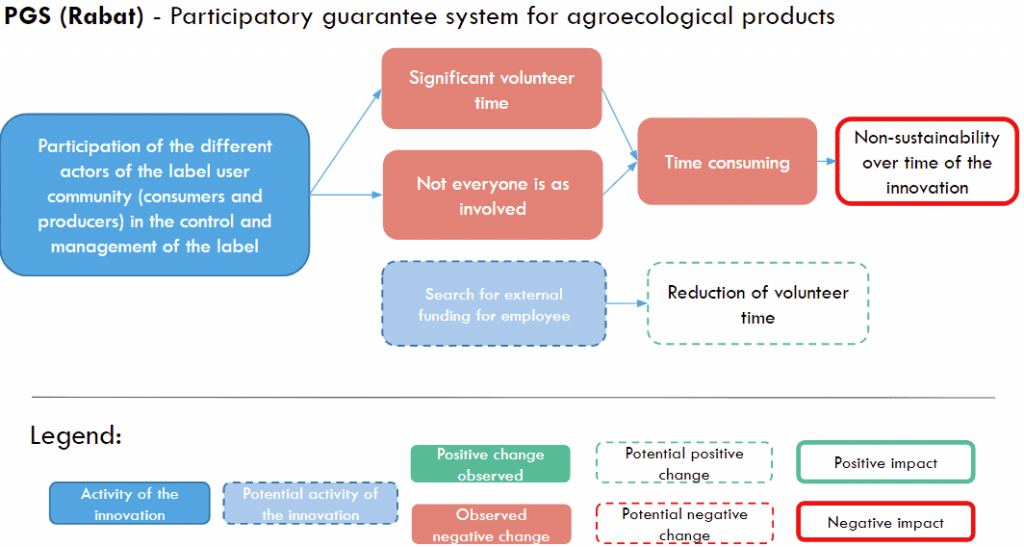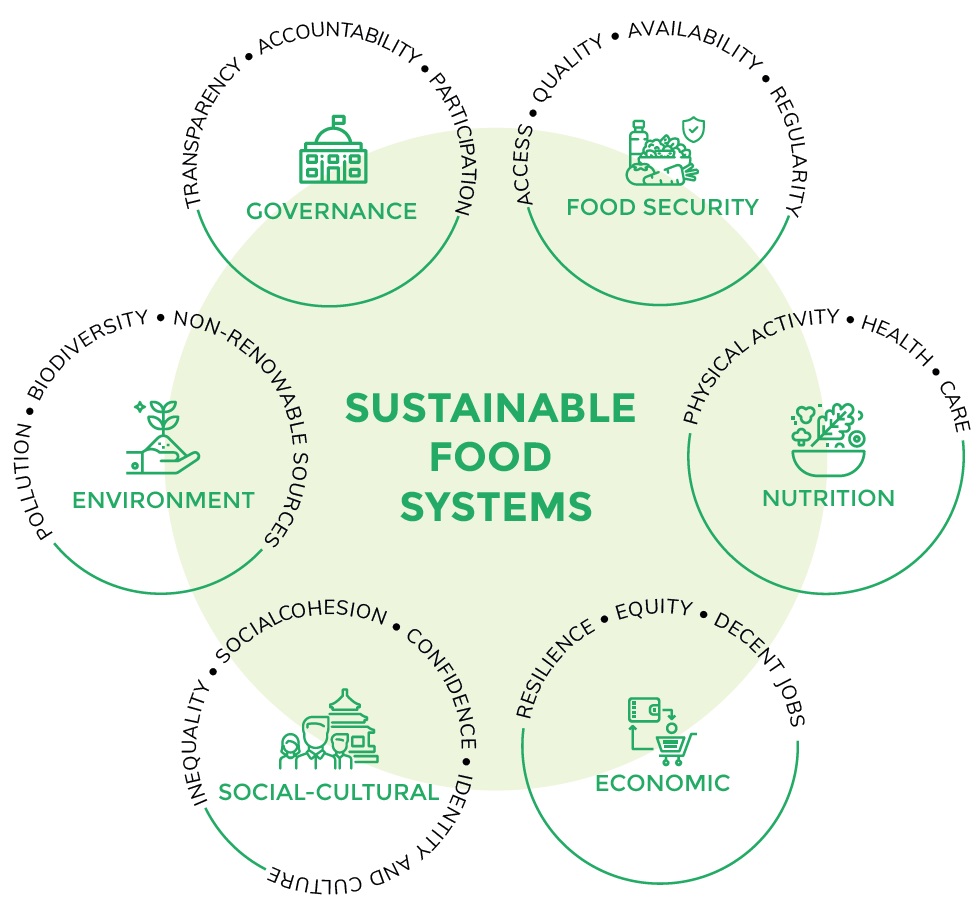Les systèmes alimentaires durables, de la fourche à la fourchette, depuis les semences jusqu’au compost, sont écologiquement régénérateurs, fournissent des moyens de subsistance équitables, préservent et protègent la biodiversité, s’organisent autour de territoires agroécologiques et fournissent à chacun une alimentation saine et culturellement adaptée, aujourd’hui comme demain. Urbal se concentre sur cinq dimensions de la durabilité.
Cinq dimensions de la durabilité :
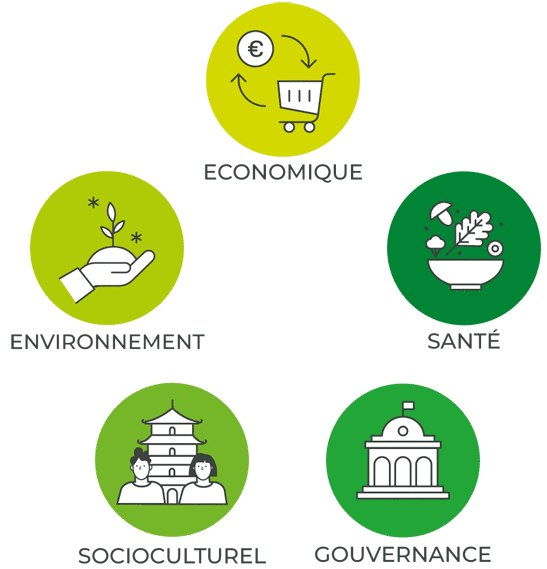
Chacune des dimensions de la durabilité comprend un large éventail de questions dynamiques et dépendantes des contextes, telles que :
La santé : sécurité alimentaire, accès et qualité alimentaire, nutrition, bien-être.
La gouvernance : transparence, dynamiques de pouvoir, participation, responsabilité.
L’environnement : protection de la biodiversité, ressources renouvelables, efficacité énergétique, résilience climatique.
Les dynamiques socio-culturelles : équité, renforcement de la communauté, confiance dans les institutions, expression positive de l’identité culturelle et sociale, et de la culture.
L’économie : équité, résilience, travail et moyens de subsistance équitables, économies locales.
Ces cinq dimensions constituent l’épine dorsale des cartes de chemin d’impact. Elles guideront les activités que vous choisirez pour l’atelier de cartographie (voir les étapes 1 et 2). Elles vous aideront également à développer une compréhension plus approfondie et plus précise de vos chemins de changement. Les dimensions du système alimentaire durable sur lesquelles vous vous concentrerez dépendront de votre innovation et de votre vision et de vos objectifs en matière de durabilité.
Pour améliorer votre compréhension des changements et des impacts de votre innovation, nous vous conseillons vivement de prendre en compte au moins deux dimensions de la durabilité. Cela vous aidera à voir les interconnexions entre les objectifs, les changements et les impacts de l’innovation d’un côté, et les dimensions de la durabilité de l’autre. Cela vous aidera également à déterminer les domaines dans lesquels vous pouvez obtenir des avantages multiples et réduire les compromis, à mesure que vous tirez des enseignements de vos cartes de chemin d’impact.






